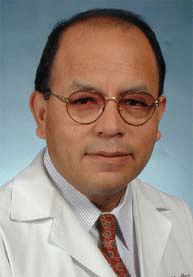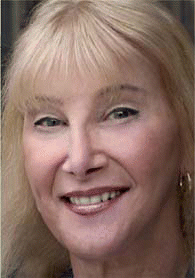Career Development
Report from the Society of University Otolaryngologists
This is the first in a series of upcoming articles from the Society of University Otolaryngologists-Head and Neck Surgeons (SUO).
This is the first in a series of upcoming articles from the Society of University Otolaryngologists-Head and Neck Surgeons (SUO).

In a review of the literature published in The Cochrane Library, two Israeli authors conclude that the use of topical corticosteroid nasal sprays-either alone or in combination with antibiotic therapy-shows an advantage over placebo in the treatment of the symptoms of acute rhinosinusitis.

Laryngomalacia is a congenital condition consisting of three anatomical abnormalities: short aryepiglottic folds, suprarythenoid redundant tissue, and an epiglottis that prolapses posteriorly during inspiration.

Induction chemotherapy resulted in good disease control for patients with cancer at the base of the tongue, according to data from a small study at the University of Oklahoma.

Every five years I make a list of the ten toughest problems in laryngology, said Jamie Koufman, MD, Director of the Voice Institute of New York.

When repairing a spontaneous cerebrospinal fluid (CSF) leak, the surgeon needs to take extra measures to guard against recurrence, according to a team of investigators at the University of Pennsylvania.

Pediatric extraesophageal reflux disease (EERD) refers to the manifestations of gastroesophageal reflux that arise outside of the gastrointestinal tract.
Two studies presented at recent Triological Society meetings, both of which surveyed former otolaryngology residents about current otolaryngology surgical training and postgraduate practice and referrals, shed light on the direction in which the specialty’s training may need to move.

Although stereotactic radiation provides a noninvasive approach to treating acoustic neuromas, it also carries the risk of hearing loss over time for a sizable portion of patients, according to experts.